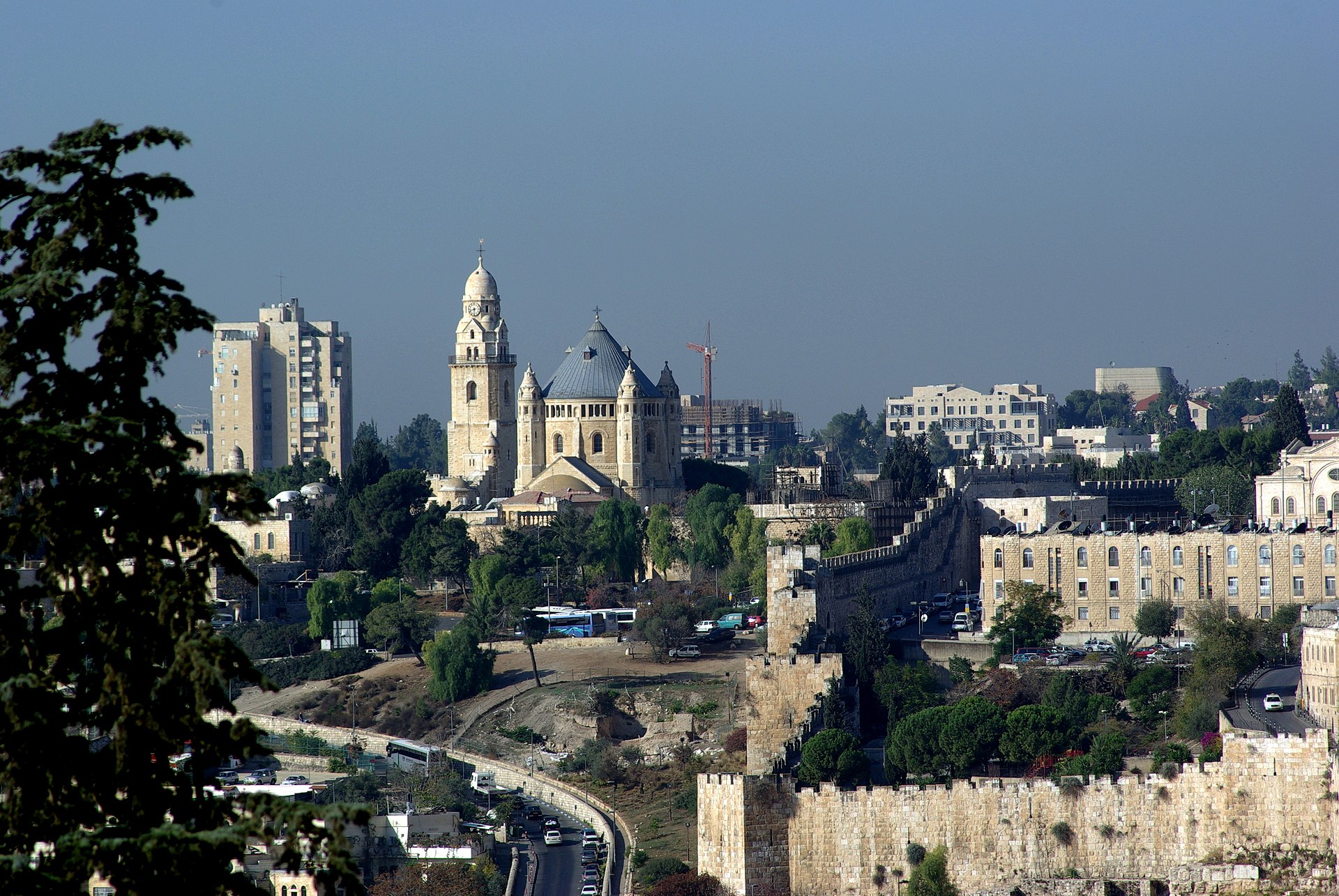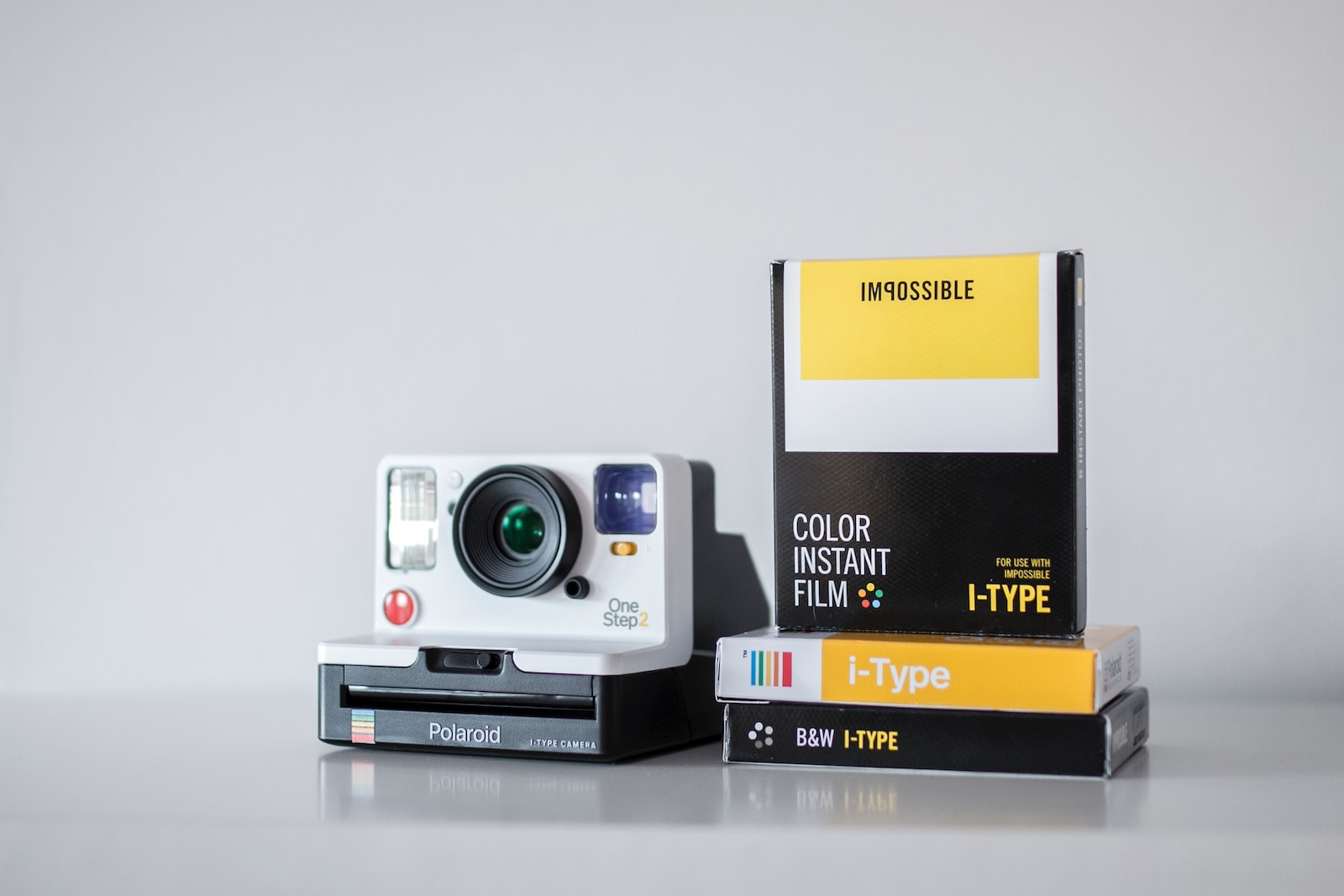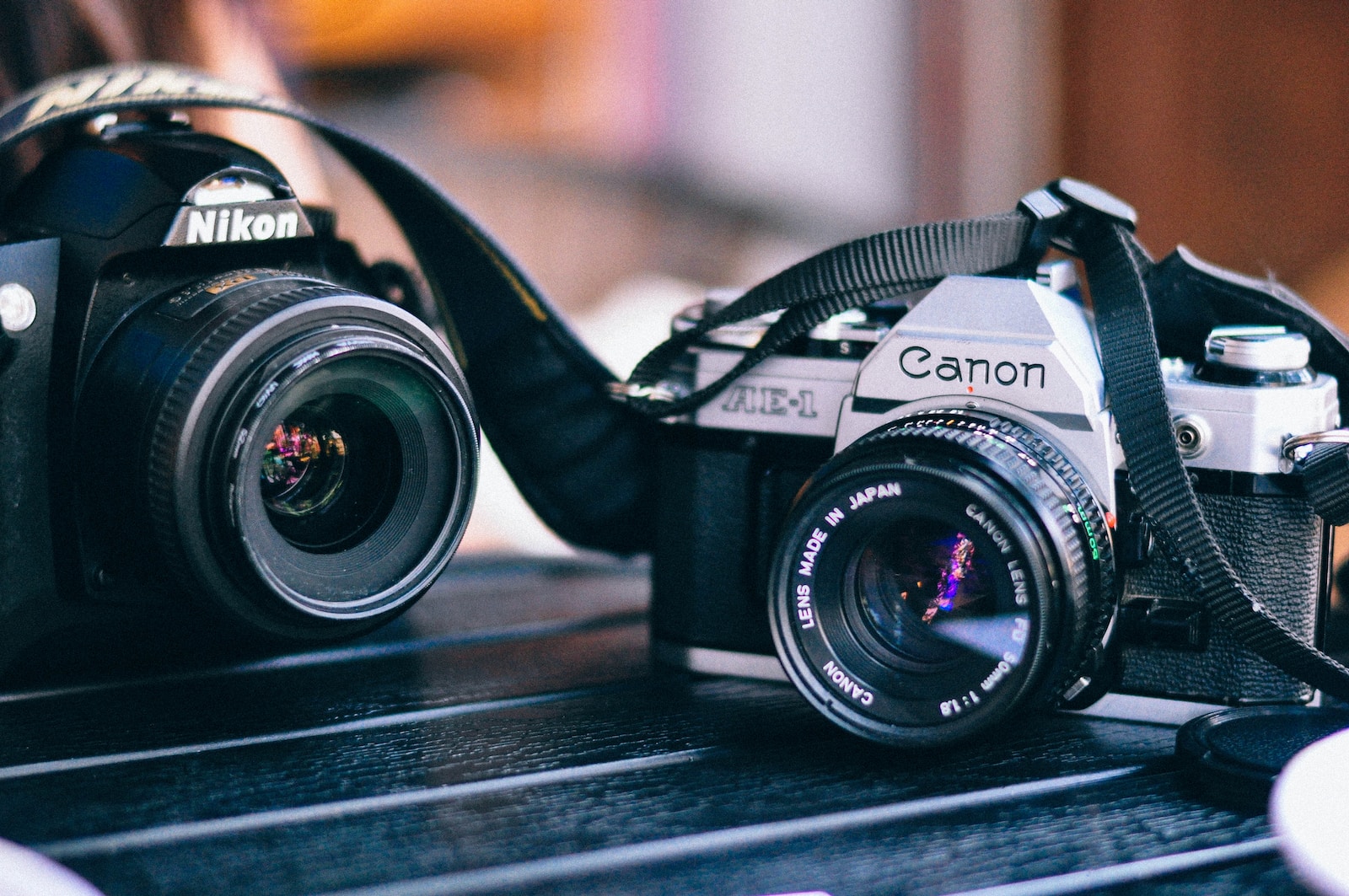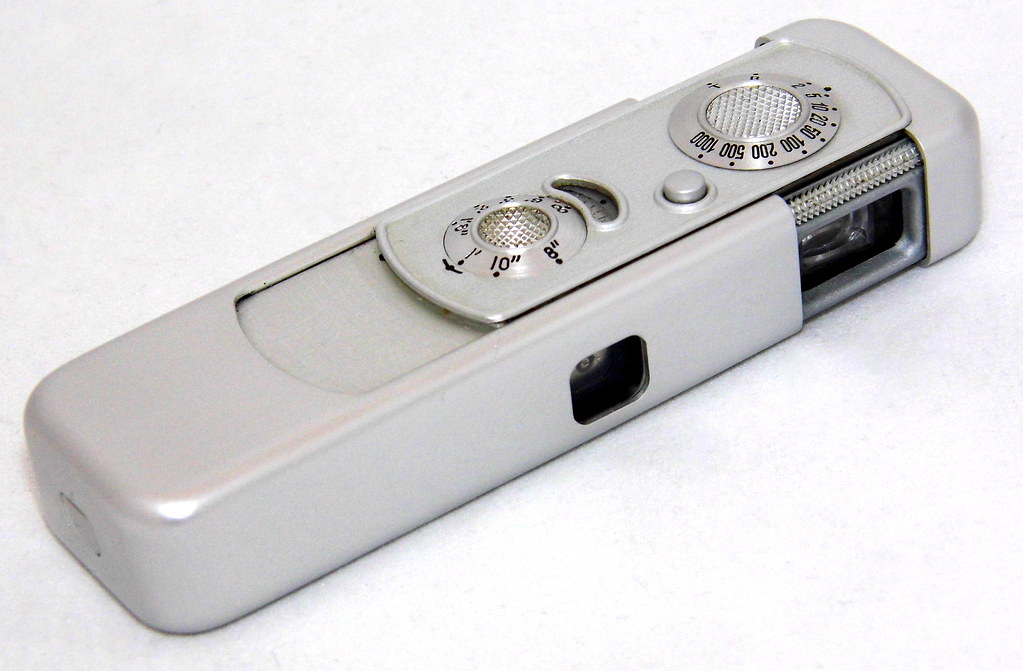Welcome to our blog, where we take you on a captivating journey to Mount Zion in Israel. Join us as we uncover the rich history and mesmerizing beauty of this enchanting destination. From its ancient significance to its stunning landscapes, Mount Zion has captivated travelers and photographers alike. Discover the secrets of this historical treasure and learn how to capture its magic through the lens. So, get ready to embark on an unforgettable adventure and unlock the wonders of Mount Zion!
Table of Contents
- The Photographic Beauty of Mount Zion
- The Best Camera Options
- Mount Zion’s Optimal Time for Photography
- Frequently Asked Questions
- 1. Why is Mount Zion considered a historical treasure?
- 2. What makes Mount Zion a captivating subject for photography?
- 3. How can I best capture the essence of Mount Zion through my lens?
- 4. Are there any photography restrictions on Mount Zion?
- 5. Are there any specific photography tours or workshops available on Mount Zion?
- 6. Can I visit Mount Zion without a guide?
- Wrap Up
The Photographic Beauty of Mount Zion
Mount Zion, located in Israel, is not only a place of historical significance but also a treasure trove for photographers. With its rich history and stunning landscapes, capturing the essence of Mount Zion through your lens can be a truly rewarding experience. Here, we will explore the main features of this mesmerizing place that make for great photographs and discuss some photography techniques to help your images stand out.
The Historical Significance of Mount Zion
Mount Zion holds immense historical importance in the Middle East, making it an ideal subject for photography enthusiasts interested in capturing the essence of ancient lands. This site is believed to have been inhabited since the 10th millennium BCE, and throughout the years, it has served as a significant religious and political center.
One of the highlights of Mount Zion is its role as the location of the Last Supper, a significant event in Christian tradition. Capturing the intricacies of the Last Supper Room, with its stunning architecture and art, can create visually compelling and emotionally resonant images.
Another notable feature of Mount Zion is the Tomb of King David. This historical site provides a fantastic opportunity for photographers to capture the blend of architecture, art, and religious symbolism. Experimenting with different angles and compositions can result in dramatic and evocative images.
Mount Zion is believed to be the location of the Last Supper, an important event in Christian tradition. This sacred site attracts thousands of pilgrims and tourists each year, who come to experience the tangible essence of history and spirituality it holds.
Photography Techniques for Capturing Mount Zion
When photographing Mount Zion, there are several techniques you can employ to ensure your images truly reflect the beauty and significance of this historical place:
- Golden Hour Magic: Take advantage of the golden hour, the hour after sunrise and before sunset, to capture Mount Zion in soft and warm light. This lighting condition lends a sense of tranquility and adds a magical touch to your photographs.
- Wide-angle Wonders: Utilize a wide-angle lens to capture sweeping vistas and encompass the grandeur of Mount Zion’s landscapes. Wide-angle shots can emphasize the scale of historical structures and create a sense of awe.
- Detail-oriented Shots: Don’t forget to focus on the intricate details that make Mount Zion unique. Zoom in on ornate carvings, ancient inscriptions, or vibrant stained glass windows to capture the finer elements that tell the story of this historical treasure.
- Silhouette Symphonies: Create captivating silhouettes by positioning yourself strategically during sunrise or sunset. Capture the outline of religious structures against vibrant skies for a powerful and visually striking image.
- People and Perspectives: Including people in your photographs can add a sense of scale and a human element to the historical grandeur of Mount Zion. Capture candid moments of prayer, reflection, or interaction to convey the spiritual significance of this place.
Whether you are a history enthusiast or simply passionate about photography, Mount Zion offers a plethora of opportunities to capture unique and captivating images. From its historical landmarks to its stunning landscapes, this sacred site in Israel invites photographers to explore its rich heritage and create visual narratives that stand the test of time.
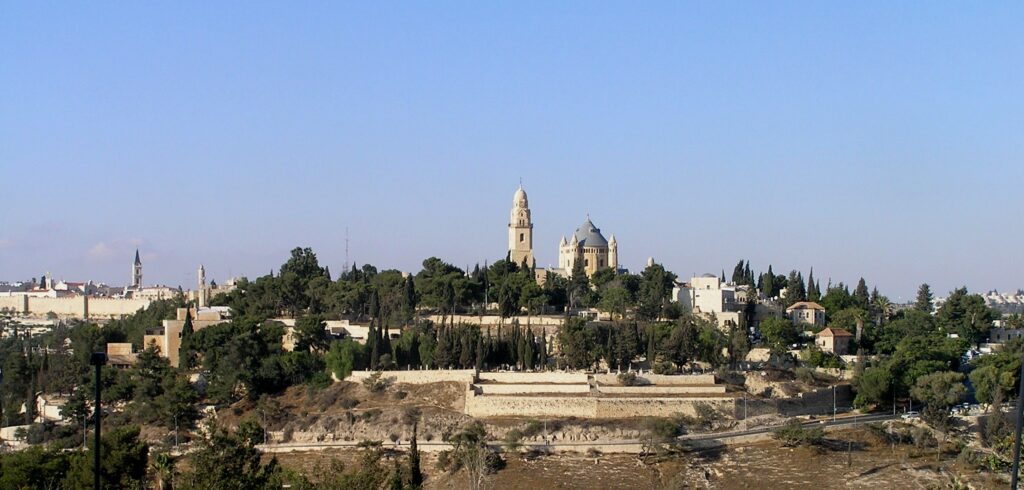
The Best Camera Options
When it comes to capturing the historical and photographic appeal of Mount Zion in Israel, having the right camera is crucial. Here are some top options to consider:
1. Canon EOS 5D Mark IV: This full-frame DSLR camera boasts high-resolution image quality and excellent low-light performance, making it perfect for photographing the intricate details of Mount Zion.
2. Nikon D850: With its impressive dynamic range and outstanding image sharpness, the Nikon D850 is a popular choice among photographers seeking to capture the beauty of historic locations like Mount Zion.
2. Essential Lenses
Once you have your camera, pairing it with the right lenses will greatly enhance your ability to highlight the significance and grandeur of Mount Zion. Consider these options:
1. Wide-Angle Lens: A wide-angle lens, such as the Canon EF 16-35mm f/2.8L III USM or the Nikon AF-S NIKKOR 14-24mm f/2.8G ED, allows you to capture sweeping views of the landscape, showcasing the historical structures and natural beauty of Mount Zion.
2. Telephoto Lens: For capturing distant details or compressing the perspective, a telephoto lens is a valuable addition to your kit. Consider the Sony FE 70-200mm f/2.8 GM OSS or the Canon EF 70-200mm f/2.8L IS III USM for crisp and detailed shots of Mount Zion’s architectural wonders.
3. Prime Lens: A prime lens, such as the Nikon AF-S NIKKOR 50mm f/1.4G or the Canon EF 35mm f/1.4L II USM, offers superior image quality and wide aperture capability, making it ideal for capturing the intricate details and textures that abound on Mount Zion.
4. Macro Lens: If you want to explore the minute details of artifacts or ancient objects found on Mount Zion, consider investing in a macro lens like the Sony FE 90mm f/2.8 Macro G OSS or the Canon EF 100mm f/2.8L Macro IS USM. It enables close-up shots with exceptional sharpness and clarity.
3. Additional Equipment
To ensure you make the most of your Mount Zion photography trip, consider these additional equipment options:
1. Tripod: A sturdy tripod, such as the Manfrotto MT055XPRO3 or the Gitzo GT3543LS, provides stability and reduces the risk of camera shake, especially when shooting in low-light conditions or using longer exposures.
2. Filters: Neutral density (ND) filters, like the Lee Filters 100mm System or the Hoya ProND1000, help you control the amount of light entering the lens, allowing for creative long-exposure photographs of Mount Zion.
3. Camera Bag: Invest in a durable, comfortable, and weather-resistant camera bag, such as the Peak Design Everyday Backpack or the Lowepro ProTactic BP 450 AW II, to protect your gear while exploring Mount Zion.
Remember, the choice of camera and equipment ultimately depends on your specific needs, budget, and shooting style. Investing in high-quality gear will undoubtedly elevate your photography game and enable you to capture Mount Zion’s historical and photographic treasure with utmost precision and creativity.
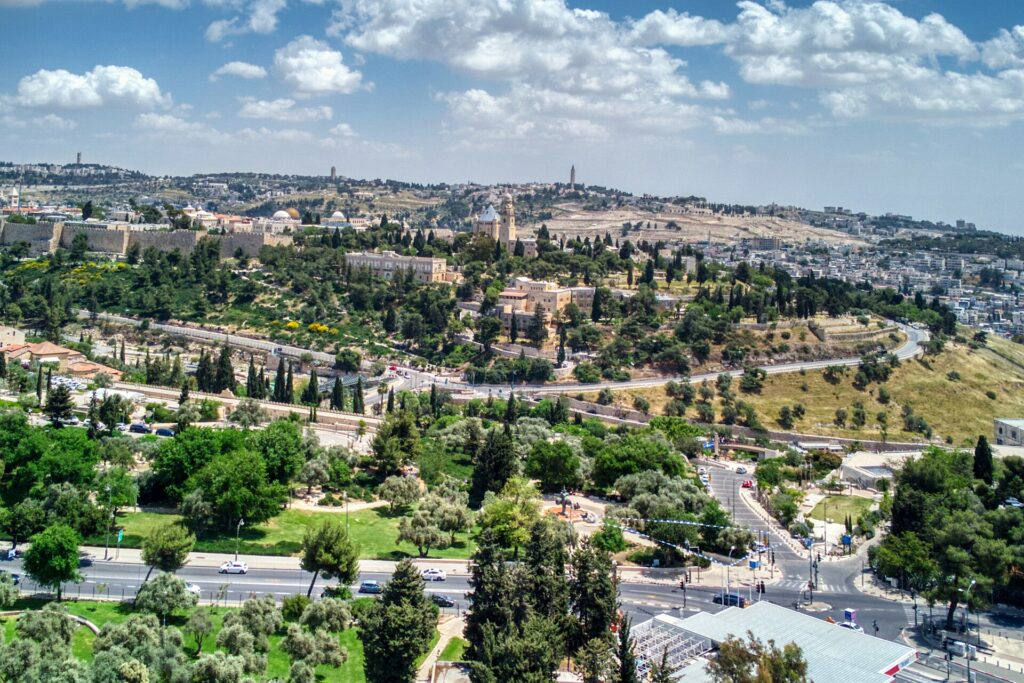
Mount Zion’s Optimal Time for Photography
When it comes to capturing the beauty of Mount Zion, timing is everything. The best time to photograph this historical treasure is during the early morning or late afternoon, commonly referred to as the golden hours. The soft, warm light during these times enhances the natural colors and textures of the area, adding depth and dimension to your photographs.
- Early Morning: If you choose to photograph Mount Zion early in the morning, you’ll be greeted with a tranquil atmosphere, as the air is crisp and the sun gently rises over the landscape. The soft glow of the morning light illuminates the historical sites, creating a magical ambiance. It’s an excellent time to capture the serenity of the area.
- Late Afternoon: On the other hand, photographing Mount Zion in the late afternoon offers a different perspective. The warm hues of the setting sun cast a golden filter over the area, creating a breathtaking scene. As the sun starts to descend, it creates stunning shadows and highlights, adding drama to the historical structures and landscapes.
Vantage Points and Positions
To get the best photographs of Mount Zion, it’s essential to explore different vantage points and positions. Here are a few options to consider:
Option 1: From the Mount Zion Lookout Point:
Position yourself at the Mount Zion Lookout Point, which provides a panoramic view of the surrounding area. From here, you can capture the entire landscape, including the historic buildings, ancient walls, and the breathtaking Mount Zion itself. This vantage point offers an incredible opportunity to frame your shots with a wide-angle lens, capturing the vastness and grandeur of the site.
Option 2: Within the Old City Walls:
Venture inside the Old City walls to explore the narrow alleys and ancient streets surrounding Mount Zion. Here, you’ll encounter unique architectural features, such as archways, doorways, and cobblestone paths. These elements add character and charm to your photographs, transporting viewers back in time. Be sure to experiment with different angles, using leading lines to draw the viewer’s eye towards the fascinating details of the area.
Option 3: At the Mount Zion Cemetery:
The Mount Zion Cemetery, located on the slopes of the mount, provides a solemn and hauntingly beautiful backdrop for your photographs. The tombstones, with their weathered textures, create an atmosphere of history and contemplation. This location is particularly captivating during golden hour, as the warm light softly illuminates the tombstones, enveloping them in a gentle glow. Capture the stillness and tranquility of the cemetery, emphasizing the reverence and significance of the site.
Remember, as a photographer, it’s important to be creative and experiment with different compositions and angles. Mount Zion offers a plethora of opportunities to capture unique and captivating images. Whether you choose to photograph from the lookout point, within the Old City walls, or at the cemetery, each position will provide you with a distinctive perspective and a chance to showcase the historical and photographic treasure that Mount Zion is.
Can’t wait to share more about the fascinating history of Mount Zion and its significance in the Middle East. Stay tuned!
Capturing the beauty of Mount Zion in your photographs requires a few important camera settings. Set your ISO to a low value to reduce noise, use a wide-angle lens to capture the vastness of the landscape, and experiment with different angles and perspectives to create unique compositions. Don't forget to bracket your shots for proper exposure in challenging lighting conditions!
Frequently Asked Questions
1. Why is Mount Zion considered a historical treasure?
Mount Zion holds immense historical significance as it is believed to be the location of King David’s tomb. Additionally, it is mentioned numerous times in the Bible and has been a place of worship for thousands of years.
2. What makes Mount Zion a captivating subject for photography?
Mount Zion offers a stunning blend of ancient architecture, vibrant cultural events, and breathtaking views of Jerusalem. Its historical sites, such as the Dormition Abbey and the Cenacle, provide unique opportunities for capturing the rich storytelling of this sacred place.
3. How can I best capture the essence of Mount Zion through my lens?
To capture the essence of Mount Zion, it is important to explore different angles and perspectives. Experiment with different lighting conditions, such as sunrise or sunset, to add depth and atmosphere to your photographs. Additionally, focus on details that convey the historical and cultural significance of the place, such as intricate carvings or religious artifacts.
4. Are there any photography restrictions on Mount Zion?
While photography is generally allowed on Mount Zion, it is essential to respect the sacredness of the sites and the privacy of worshippers. Some areas may have specific guidelines or limitations on photography, so be sure to check any signage or consult with local authorities or guides before capturing images.
5. Are there any specific photography tours or workshops available on Mount Zion?
Yes, there are guided photography tours and workshops available on Mount Zion. These tours provide valuable insights into the history and significance of the sites while offering expert guidance on capturing the best photographic moments. You can find information about such tours online or through local tourist agencies.
6. Can I visit Mount Zion without a guide?
Yes, Mount Zion can be visited without a guide. However, having a knowledgeable guide can greatly enhance your experience and understanding of the sites. They can provide historical context and point out hidden gems that you might not discover on your own. If you prefer a self-guided visit, doing some research beforehand will ensure you make the most of your time on Mount Zion.
Wrap Up
In conclusion, Mount Zion is a historical and photographic treasure in Israel. Its rich history and significance make it a must-visit destination for history enthusiasts and photographers alike. From ancient ruins to breathtaking views, this place offers a unique blend of culture and beauty.
By capturing Mount Zion’s essence through your lens, you can share its story with the world. Remember to explore its hidden corners, interact with locals, and embrace the Middle Eastern charm. Your photographs have the power to inspire others and preserve the memories of this remarkable place.
So, grab your camera and embark on an adventure to Mount Zion. Immerse yourself in its history, capture its beauty, and create your photographic legacy. Don’t forget to share your experiences in the comments below. We can’t wait to hear about your Mount Zion journey!
